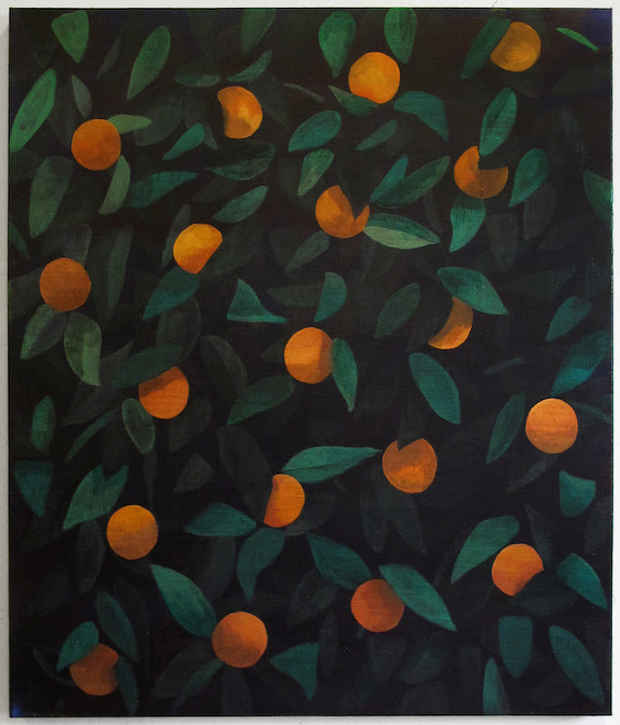“The View from the Window” Exhibition
Chapter NY

This event has ended.
Architect Philip Johnson notoriously positioned Poussin’s Burial of Phocion (1648-1649) in his Glass House as a mediator between the outside landscape—a landscape that was, of course, fully visible through his transparent structure—and his domestic space. By modeling his suburban pastoral landscape after Poussin’s ordered depiction of ancient Athens, the surrounding hills and trees became modular elements—seemingly natural but equally as controlled as the interior space. In this Modernist paradise, nature, like furniture, could be shifted around in any configuration so that the view from the living room was absolutely perfect. Both of these interior and exterior compositions will be meticulously preserved in position as a historic site.
This is a selection of artworks; which involve various states of control, arrest, preservation and modularity in nature. There are three artists, three temporalities, and many more ideas of landscapes. Start with Sophy Naess’s grid of soaps, which can be read as paintings, tablets, and book pages. A shift in perspective from the individual pieces to the larger arrangement provides a reveal that is echoed in the soap’s eventual dissolve. Vanitases in the truest meaning of the word, the compositions and depicted symbols slip away dependent on climate and use and leave the natural elements more and more exposed, necessitating documentation at the moment of completion. Move from the wall down towards Sara Magenheimer’s zen garden, which contains a transposable selection of images and objects which have frozen nature in decisive moment, with each arrangement framed by the standard grid of ceramic tile. Every look acts a slow pan over a series of events that can be seen in forward, reverse, or side-to-side. End with Ryan Mrozowski’s paintings of orange groves, natural growths that are tamed into repetitive systems. These images are fixed and flattened, with oranges—the most easily abstracted fruit—reduced to perfect circles which can be circulated again and again. Having moved from permeable to static, softened edges to hardened ones, obscured forms to crystal clear views, we may have achieved sensorial overload. But after stepping outside, make sure to look back through the storefront window to appreciate the garden views.
Media
Schedule
from June 26, 2014 to August 02, 2014
Opening Reception on 2014-06-26 from 18:00 to 20:00